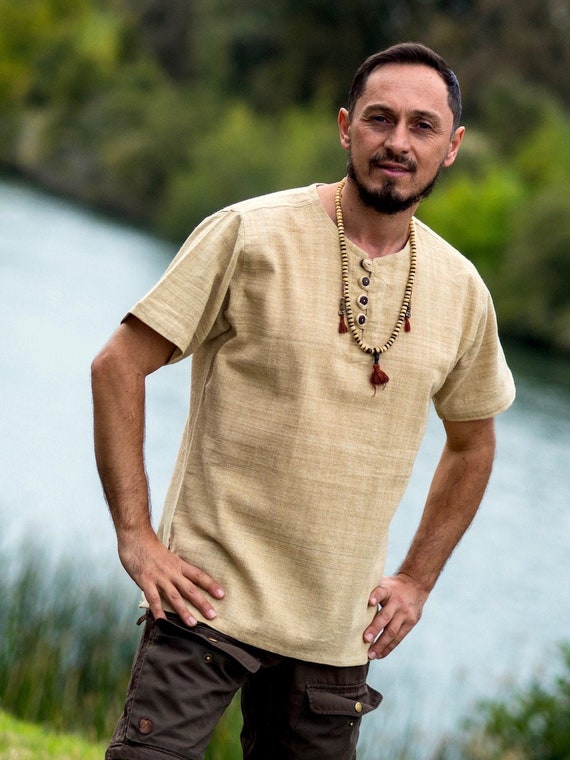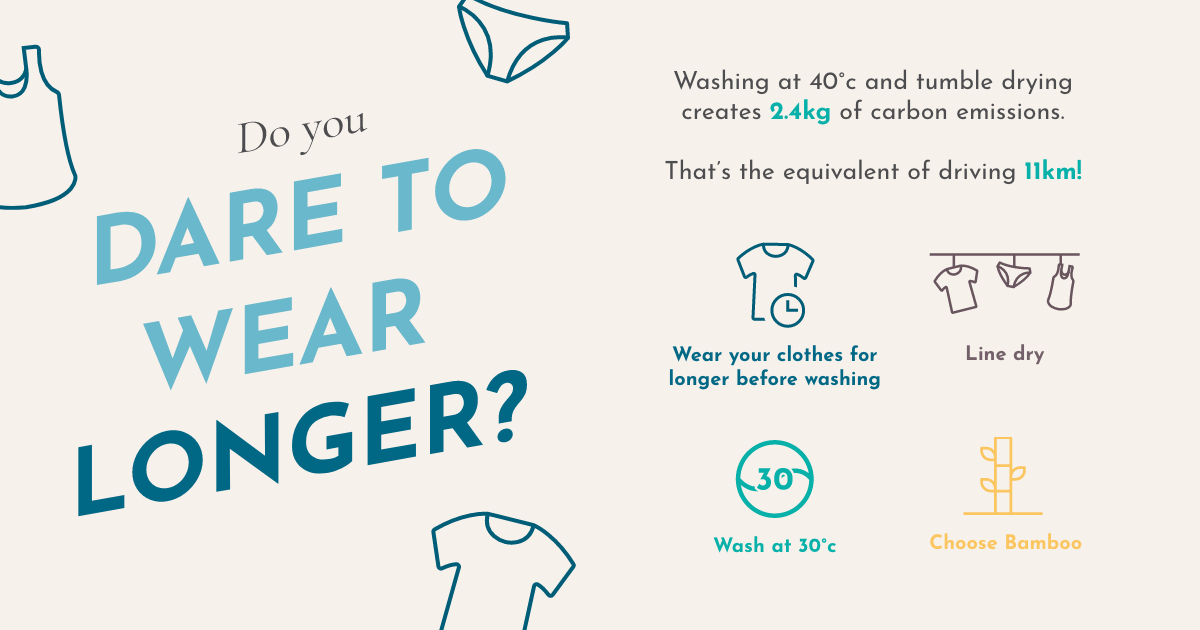Handy Advice To Picking Bamboo Clothes
Wiki Article
What Makes Hemp Durable, More Durable And More Regenerable?
Hemp's inherent properties and the method of growing it makes it more biodegradable and long-lasting than cotton. Here's why- Biodegradability-
Natural FiberNatural Fiber Hemp fibers are made from a plant that is biodegradable. Clothing and textiles from hemp naturally break down when they are discarded. They return to nature, leaving no long-lasting residue. It's a striking contrast to synthetic fibers including polyester, which take many years to break down.
Insufficient synthetic additives- Hemp textiles generally don't contain synthetic additives or chemical treatments that hinder biodegradability. Contrary to cotton, which might have chemical compounds made from synthetic materials (such as dyes or finishers) that can inhibit biodegradation, hemp fibers aren't.
Durability-
Hemp fibers are distinguished by their strength and durability. Textiles and clothing made of hemp are less likely to get damaged, and last longer than cotton-based products. This means that hemp clothing will last longer, even before it begins to show indications of wear and wear and tear.
Hemp fabrics have a lower tendency to pill (the formation of a small, fuzzy ball on the fabric's surface) as compared to cotton. This contributes to their durability and high-quality.
Regenerative Agriculture-
Soil Quality- Hemp is a regenerative plant when grown sustainably. Hemp is a plant with a deep root structure that prevents soil erosion and compaction. It also helps improve soil health by aerating and increasing microbial activities. This regenerative element can help the soil be in better shape for the future growth of crops.
Low environmental impact- Sustainable hemp cultivation methods require the use of minimal pesticides. Cotton farming is a conventional method that could cause soil degradation, water pollution and other environmental issues due to chemical use in synthetic forms.
Water Efficiency-
Low Water Requirements- Hemp typically needs less water than cotton expansion. Its drought-resistant properties mean it is able to thrive even with little irrigation, or even in conditions that are rain-fed. It is a water-efficient option particularly for areas with limited resources.
Hemp is also a viable option in systems of crop rotation to enhance soil health, reduce disease risk and depletion. Cotton farming is not as prone to the effects of crop rotation.
Hemp has plenty of versatility. It can be utilized to make a range of items, including clothing, paper, building material, and textiles. Hemp is grown in numerous ways that include renewable and sustainable.
In addition to these advantages of hemp, it's also important for you to be aware that both hemp as well as cotton can either be produced sustainable (or not) dependent on the techniques used in farming and the processing techniques. Pick hemp products made with ethical, sustainable practices in order to reap the maximum environmental advantages. Making the choice to buy organic cotton can also reduce the environmental impacts of conventional cotton production. Take a look at the recommended koraoutdoor.com outdoor clothing for more advice including hemp athletic wear, hemp and cotton fabric, hemp apparel, hemp jacket, organic hemp underwear, hemp tees wholesale, hemp apparel fabric, hemp and cotton fabric, patagonia double knee pants, hemp active wear and more.
What Are The Benefits Of Hemp Fibers In Terms Of Carbon Sequestration?
Carbon Sequestration:
Hemp has a rapid growth rate. It matures between 70 to 120 days based on the kind of hemp and the growing conditions. During their rapid-growth phase hemp is able to absorb carbon dioxide from the air through photosynthesis. The carbon uptake process has the potential to significantly reduce CO2 levels by sequestering it.
Biomass Production Hemp is known for its high biomass production. The plant's thick and tall foliage yields a substantial amount of organic material. When this biomass is integrated into the soil or used for various applications, it can help in the building up of organic carbon in the soil, further securing carbon.
Sustainability:
Hemp is grown using less chemical use than cotton and other crops. The natural resistance of hemp reduces the necessity for chemical interventions. Organic hemp cultivation is a sustainable method of cultivating hemp since it doesn't use synthetic chemicals.
Hemp is a water efficiency, compared with other crops that require a lot of water like cotton. This helps hemp to be more viable in areas with limited water resources.
Hemp's deep roots are able to improve the health of soil. The roots of the plant help to prevent soil erosion by stabilizing the soil structure and reducing runoff. Hemp farming can increase soil microbial activity, increasing soil fertility and nutrient cycle.
Hemp is a good crop to incorporate into rotational systems. Crop rotation is the process of alternating between different crops on the same field. This technique can end the cycle of diseases and pests decrease soil loss and enhance soil structure. Hemp is a fantastic crop to rotate and its role contributes to sustainable farming practices.
Crop Rotation
Hemp is a good choice to include in system of rotation for crops alongside other crops like legumes, grains, or vegetables. Diversification can help farmers maintain soil health and reduce diseases and pests. It also promotes balanced nutrition cycles.
The roots of hemp are deep and are able to penetrate soils and aerate them and reduce compaction. This also improves the water infiltration. After hemp, better soil structure will can benefit the next crop.
In summary hemp fibers can help improve carbon sequestration methods, sustainability, crop rotation, and water efficiency through their rapid growing biomass production and low chemical needs. These characteristics make hemp cultivation an environmentally friendly and sustainable agricultural practice. Take a look at the recommended hemp clothing for site recommendations including hemp t shirts wholesale, women's all seasons hemp canvas bomber hoody jacket, hemp denim, dash hemp clothing, hemp boxer shorts, hemp yoga clothes, hemp coat, hoodlamb coat, hemp button shirt, hemp clothing womens and more.

What Are Some Advantages Of Bamboo Clothing For Comfort And The Environment?
Bamboo clothing offers several advantages in terms of environmental sustainability and comfort.
Softness- Bamboo is renowned for being exceptionally soft. It is a silky smooth texture that feels soft against your skin. Bamboo clothing can be extremely soft, which is why it's a popular option for intimate clothing.
Bamboo fibers breathe easily and absorb moisture. Micro-gaps permit air circulation, which helps keep you cool during hot temperatures. The moisture-wicking properties help to remove sweat from the skin and decrease the feeling of dampness.
Bamboo clothing has excellent properties for thermoregulation. It is able to keep you warm in colder temperatures by capturing heat close to your body. It also allows you to remain cool during hot temperatures because it lets excessive heat and moisture to escape. Bamboo clothing is suitable for wear throughout the year since it is adaptable to different temperatures.
Hypoallergenic - Bamboo fabric is natural hypoallergenic. It's also gentle on sensitive skin. Bamboo fabric is more likely than other materials to trigger allergic reactions or irritation, therefore it's an ideal option for those with sensitive skin or allergies.
Bamboo fibers are naturally antimicrobial properties that prevent the growth and spread of bacteria that cause odor. Bamboo clothing retains its freshness even when you are physically active.
Environment-
Bamboo is sustainable- It is a sustainable and renewable resource. It is one of the fastest growing plants and requires a small amount of water. It doesn't require herbicides, pesticides, or other chemicals are required to cultivate it. Bamboo is able to be harvested without harming the plant as it regenerates from its root system.
Bamboo is a naturally water-efficient plant. Bamboo can flourish with little irrigation and can be planted using rainwater only which reduces the environmental impact caused by water use in agriculture.
Biodegradability. Bamboo clothing naturally breaks down in time when disposed. This feature helps to reduce the quantity of non-biodegradable fabric garbage that is disposed of in landfills.
Carbon Sequestration. Bamboo plants can absorb carbon dioxide from the air as they expand quickly. Bamboo cultivation serves as a carbon dioxide sink which reduces levels of greenhouse gases and helping to slow the effects of climate changes.
Chemical Reduction - The production and processing of bamboo fabric typically require less chemicals than other types of textiles. This reduces the environmental impact that the manufacturing of textiles is a contributor to.
Closed-Loop Process- Some bamboo fabric manufacturing processes are closed-loop which recycles water as well as chemical waste, and minimizes pollution and waste.
It's crucial to know that the impact on the environment of bamboo clothing may differ depending on the specific manufacturing process used and whether the bamboo utilized for manufacturing is harvested from sustainable and ethically managed bamboo forests. For the best environmental results buyers should opt for bamboo clothing made with sustainable and ethical methods. See the top rated weblink for site info including bamboo sports clothing, cotton bamboo pajamas, men bamboo boxer shorts, bamboo sports clothing, bamboo clothing sustainable, bamboo womens shirts, bamboo sweatshirt, carter's bamboo pajamas, ladies bamboo pants, bamboo sweater and more.
